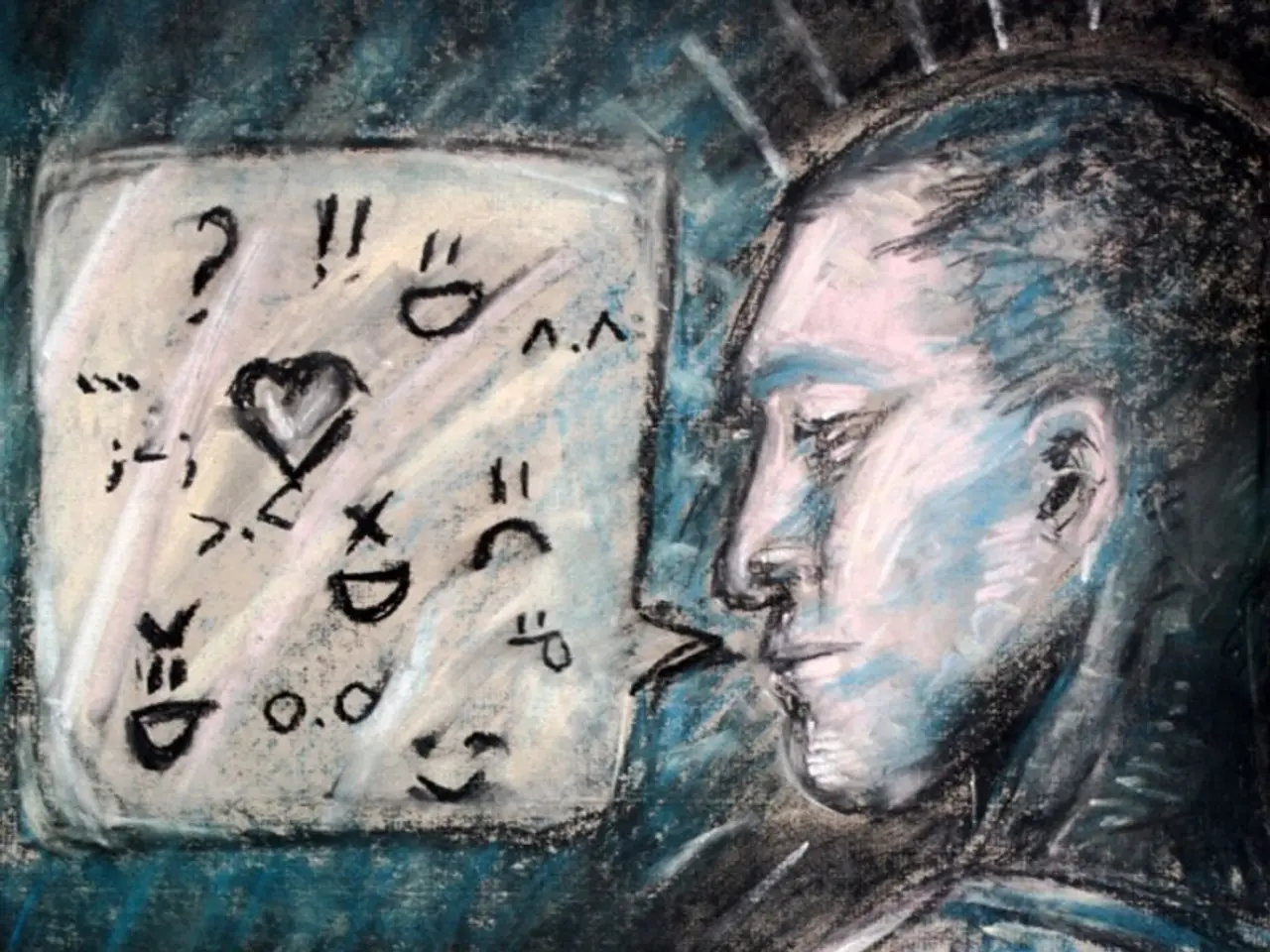Enhancing AI-Generated Scripts: Guidelines for Manual Editing
In the digital age, AI-generated transcripts have become a valuable tool for capturing conversations and turning them into written text. However, these transcripts are not always perfect and require careful editing to ensure clarity and coherence.
Breaking lengthy passages into shorter sections improves readability, making the content more accessible to readers. Maintaining consistent formatting for names, places, and titles fosters trust with the reader, ensuring a professional touch.
Remarkable improvements can be made through simple adjustments, such as rephrasing sentences for better flow and clarity. Tools like grammar checkers can help refine the language, while speech recognition software allows for easier spotting of mistakes and enhancement areas by allowing the transcript to be listened to while being read.
AI transcripts might struggle with accents or specialized terminology, making it essential to define technical jargon or acronyms for improved clarity. Adding clear headings and subheadings enhances the document's visual appeal and highlights key themes, making it easier for readers to follow along.
Sharing transcripts with colleagues can reveal areas in need of refinement, even when initially thought to be perfect. Probing questions from colleagues can push editors to rethink their understanding of the material, allowing for sharper edits. Incorporating feedback for improvements is essential for enhancing the quality of AI-generated transcripts.
Embracing technology can amplify editing prowess, with tools like collaborative platforms being particularly beneficial. Creating a personalized style guide helps maintain tone, preferred terminology, and formatting standards, ensuring consistency across all transcripts.
Patience is necessary when working with AI-generated transcripts, as they may not always capture the nuances of human conversation, leading to disjointed transcripts. However, with the right tools and a keen eye for detail, editors can transform AI-generated transcripts into polished, professional documents.
The transcription software Transkriptor, developed by the company DKT Labs, is one such tool that can help streamline the editing process. It offers features like tools that highlight repetitive phrases, helping to eliminate redundancy, keeping the transcript lively and engaging.
In conclusion, editing AI-generated transcripts requires a blend of art and science. By harnessing technology and employing best practices, editors can produce high-quality transcripts that are clear, concise, and engaging for the reader. For additional information and new perspectives on this topic, you can visit the external resource Transkriptor.
Read also:
- CBD and Marijuana as Potential Treatments for Migraines and Headaches?
- Strategies for Mitigating Negative Feelings in Customer Interaction with Your Goods or Services
- Is it necessary for concerts to be so excessively loud that ear protection is essential?
- Director Celine Song defends her film 'Materialists' against accusations of elitism and classism.







